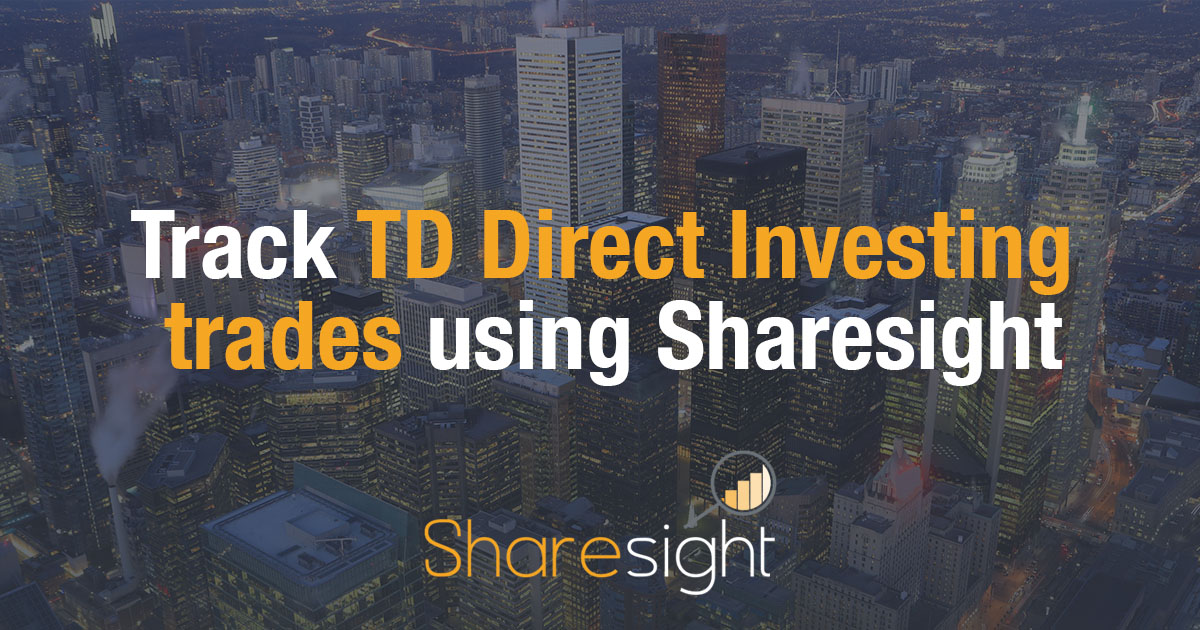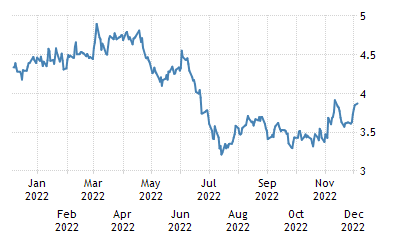
Both the issuer and the investor are both concerned with the terms of bond bonds. The term is the bond's defining attribute and a way to measure its value. There are many types, but all of them fall within one of two groups: short-term and longer-term. These bonds mature in less time than one year. Long-term bonds mature over many years. Both have similar features. However their price sensitivity to changes of interest rates will be affected by how long the bond is held.
A bond refers to a written agreement between a borrower, and an issuer. The bond outlines the obligations of an issuer and usually includes the name of the trustee. Security agreements are often included in the indenture. These agreements could include an assurance from an insurance company that the debtor will pay it back. In addition, the issuer must hold certain property or other assets to ensure that the bond issuer pays off the bonds when they are due.
A benchmark refers to a reference point against whom the interest rate can be measured. This may be a monetary amount or a numerical index. The benchmark is typically a Treasury security, or an index closely related to the bond. Alternatively, the benchmark could be the number of bonds issued in the issue or the average coupon rate.

ACCRETION can be described as the process of increasing an asset's worth. Acretion can be achieved through amortizing or reinvested a portion. This process can be used to lower a loan's interest cost or increase the bond's par price. Sometimes, accretion may be an actual value addition to the bond.
ABATEMENT is the process of reducing an outstanding balance to an amount that is payable immediately. This is the most popular form of bond redemption. Most bond contracts have an "acceleration" clause that allows the issuers to redeem bonds before their scheduled maturity dates. Other provisions could include early redemption penalties and the right to redeem a bonds at a certain time.
A benchmark is a group of securities that are similar to yours. A bond yield, for example, is the sum of interest payments and the bond's par value. If a bond has a coupon rate of 6 percent, its yield is $60 per year. The coupon is a percentage value of the par amount. It can also be expressed using a spread (or spread measure) to show the yield.
Interesting bond facts include the ability to redeem bonds prior to their maturity. In most cases, however the call price is more than par. Depending on the contract, the bond may be redeemed on a callable date or at a compounded accreted value.

An all or no purchase order is a way to ensure that the purchaser has the entire offering. This is usually done by buying all available bonds or bidding for the entire list. BID WANTED can also be used to solicit bids.
FAQ
What is the difference between a broker and a financial advisor?
Brokers help individuals and businesses purchase and sell securities. They handle all paperwork.
Financial advisors have a wealth of knowledge in the area of personal finances. They are experts in helping clients plan for retirement, prepare and meet financial goals.
Banks, insurance companies and other institutions may employ financial advisors. They could also work for an independent fee-only professional.
It is a good idea to take courses in marketing, accounting and finance if your goal is to make a career out of the financial services industry. Additionally, you will need to be familiar with the different types and investment options available.
Who can trade on the stock exchange?
Everyone. However, not everyone is equal in this world. Some have greater skills and knowledge than others. They should be recognized for their efforts.
There are many factors that determine whether someone succeeds, or fails, in trading stocks. If you don’t know the basics of financial reporting, you will not be able to make decisions based on them.
You need to know how to read these reports. You must understand what each number represents. You should be able understand and interpret each number correctly.
You will be able spot trends and patterns within the data. This will help to determine when you should buy or sell shares.
You might even make some money if you are fortunate enough.
How does the stock exchange work?
You are purchasing ownership rights to a portion of the company when you purchase a share of stock. A shareholder has certain rights. He/she may vote on major policies or resolutions. He/she can seek compensation for the damages caused by company. He/she may also sue for breach of contract.
A company can't issue more shares than the total assets and liabilities it has. It's called 'capital adequacy.'
A company with a high ratio of capital adequacy is considered safe. Companies with low ratios are risky investments.
What is a REIT?
A real estate investment Trust (REIT), or real estate trust, is an entity which owns income-producing property such as office buildings, shopping centres, offices buildings, hotels and industrial parks. These publicly traded companies pay dividends rather than paying corporate taxes.
They are similar companies, but they own only property and do not manufacture goods.
Statistics
- "If all of your money's in one stock, you could potentially lose 50% of it overnight," Moore says. (nerdwallet.com)
- The S&P 500 has grown about 10.5% per year since its establishment in the 1920s. (investopedia.com)
- Even if you find talent for trading stocks, allocating more than 10% of your portfolio to an individual stock can expose your savings to too much volatility. (nerdwallet.com)
- Our focus on Main Street investors reflects the fact that American households own $38 trillion worth of equities, more than 59 percent of the U.S. equity market either directly or indirectly through mutual funds, retirement accounts, and other investments. (sec.gov)
External Links
How To
How to Trade Stock Markets
Stock trading refers to the act of buying and selling stocks or bonds, commodities, currencies, derivatives, and other securities. Trading is a French word that means "buys and sells". Traders sell and buy securities to make profit. This is the oldest form of financial investment.
There are many ways you can invest in the stock exchange. There are three types of investing: active (passive), and hybrid (active). Passive investors watch their investments grow, while actively traded investors look for winning companies to make a profit. Hybrid investor combine these two approaches.
Passive investing involves index funds that track broad indicators such as the Dow Jones Industrial Average and S&P 500. This method is popular as it offers diversification and minimizes risk. You can just relax and let your investments do the work.
Active investing is about picking specific companies to analyze their performance. The factors that active investors consider include earnings growth, return of equity, debt ratios and P/E ratios, cash flow, book values, dividend payout, management, share price history, and more. They will then decide whether or no to buy shares in the company. If they feel the company is undervalued they will purchase shares in the hope that the price rises. They will wait for the price of the stock to fall if they believe the company has too much value.
Hybrid investing blends elements of both active and passive investing. Hybrid investing is a combination of active and passive investing. You may choose to track multiple stocks in a fund, but you want to also select several companies. You would then put a portion of your portfolio in a passively managed fund, and another part in a group of actively managed funds.